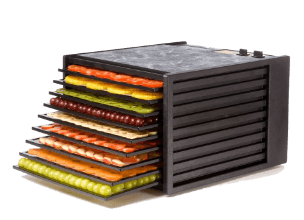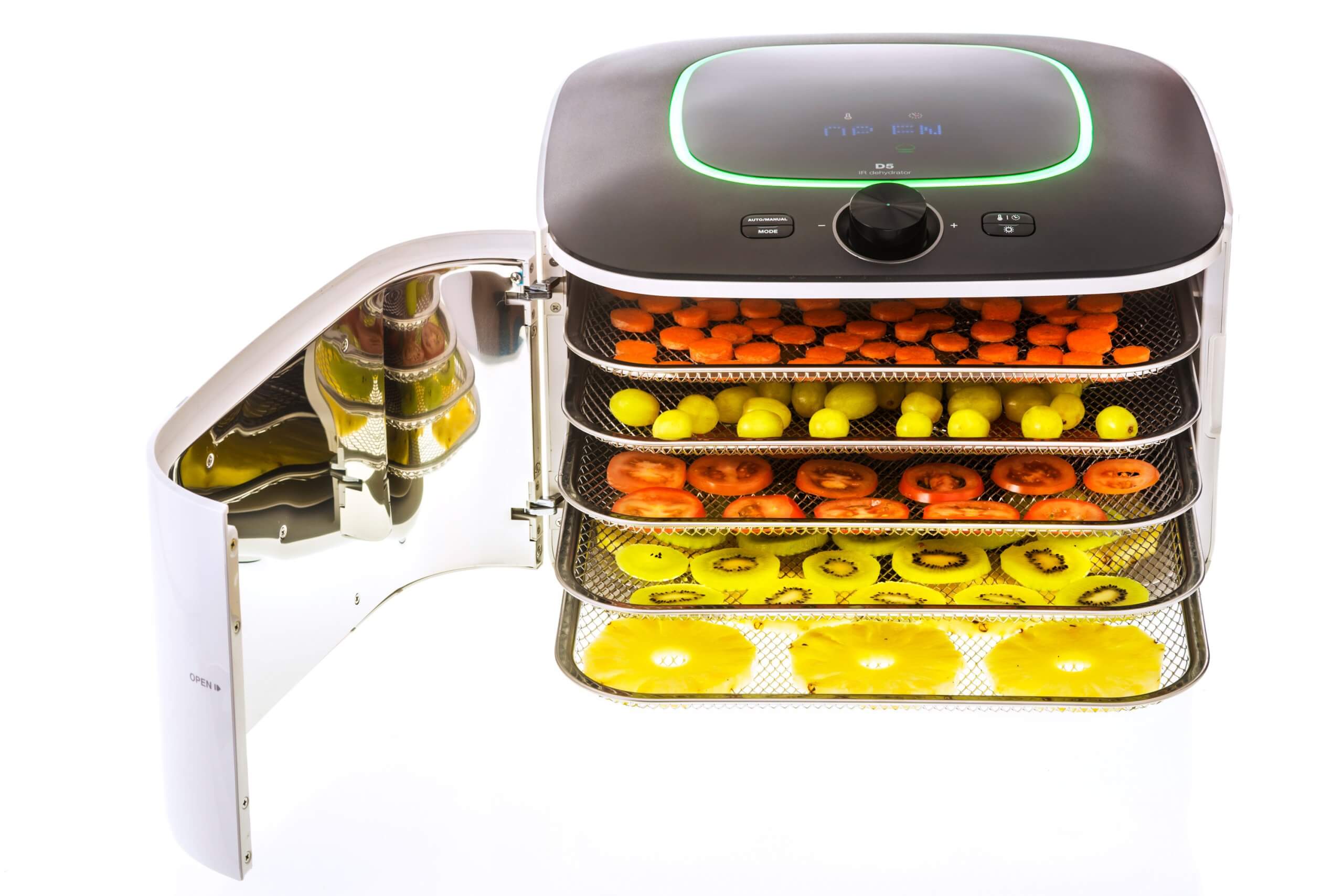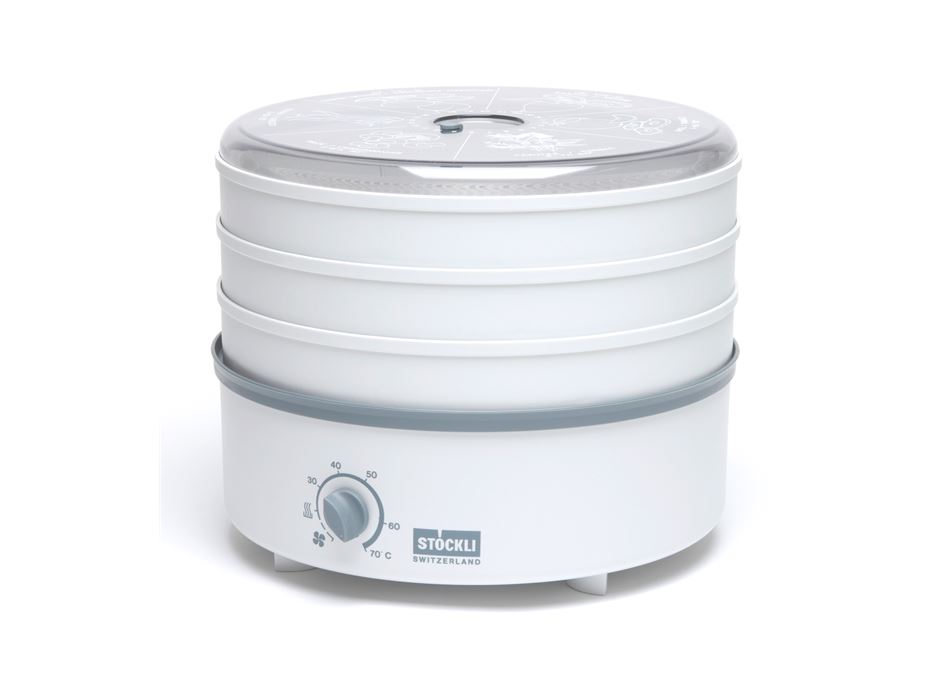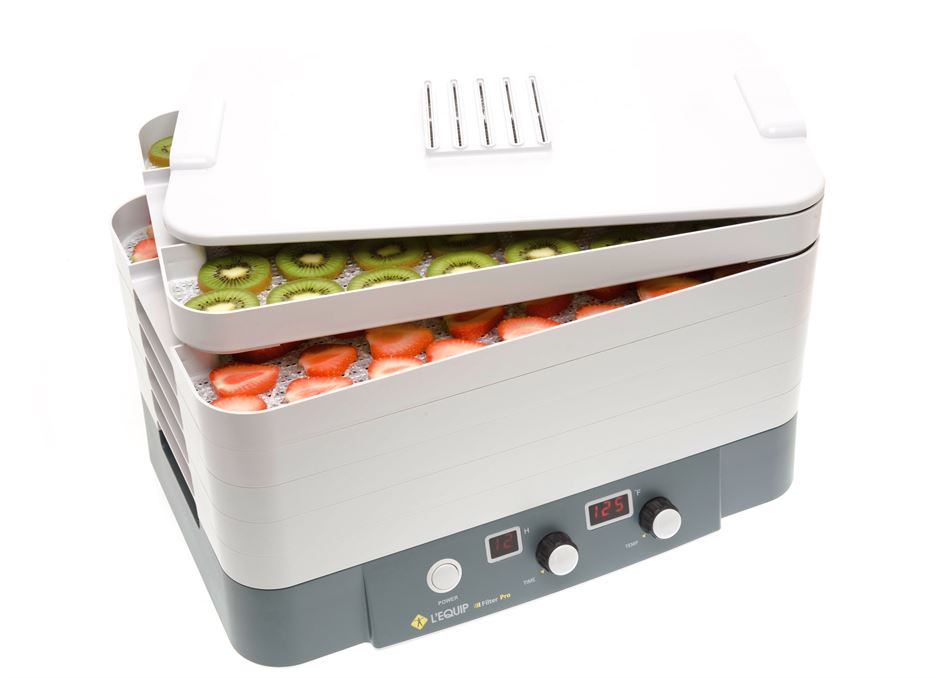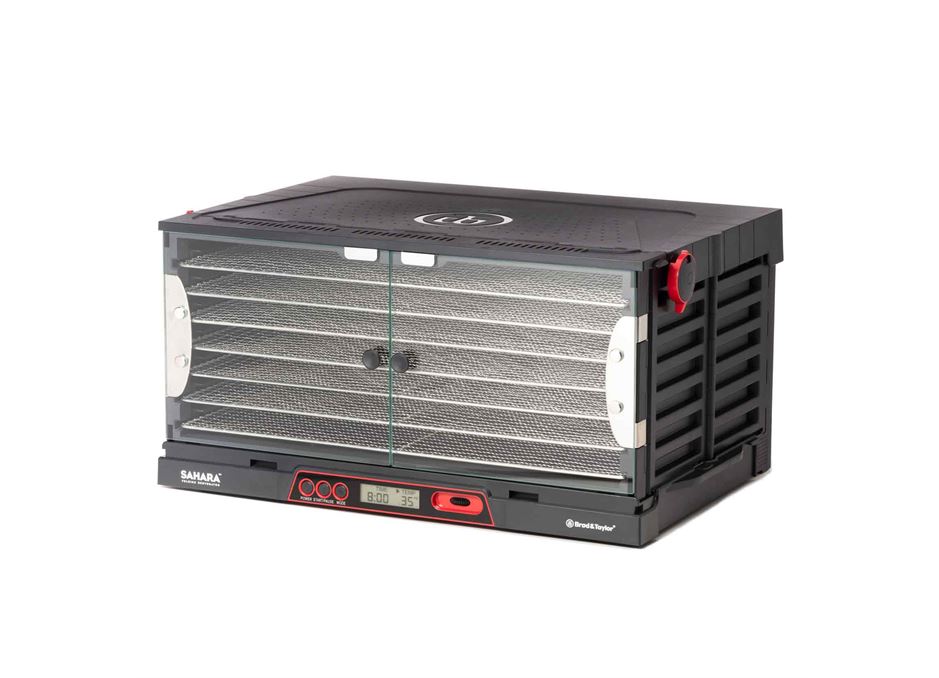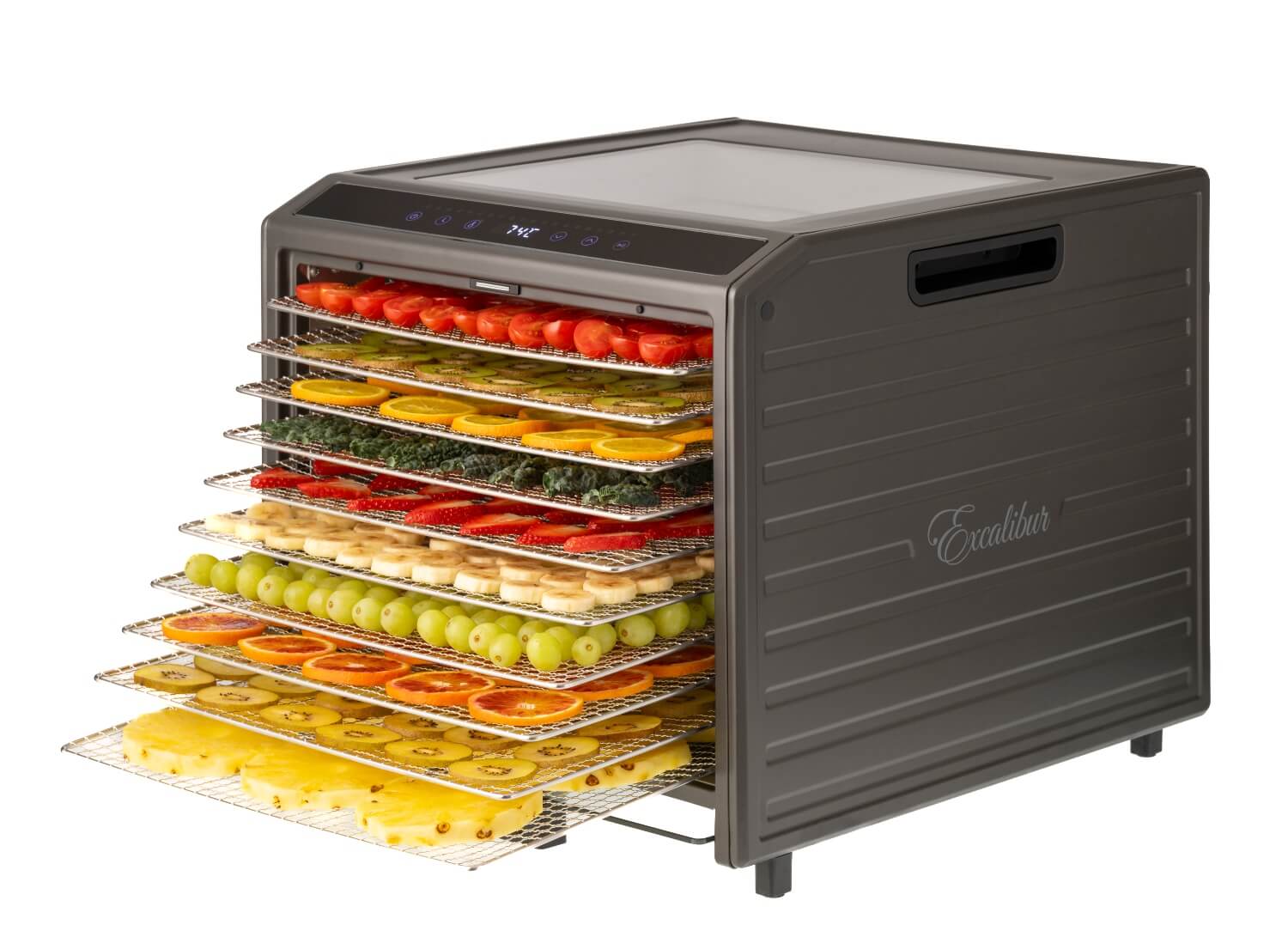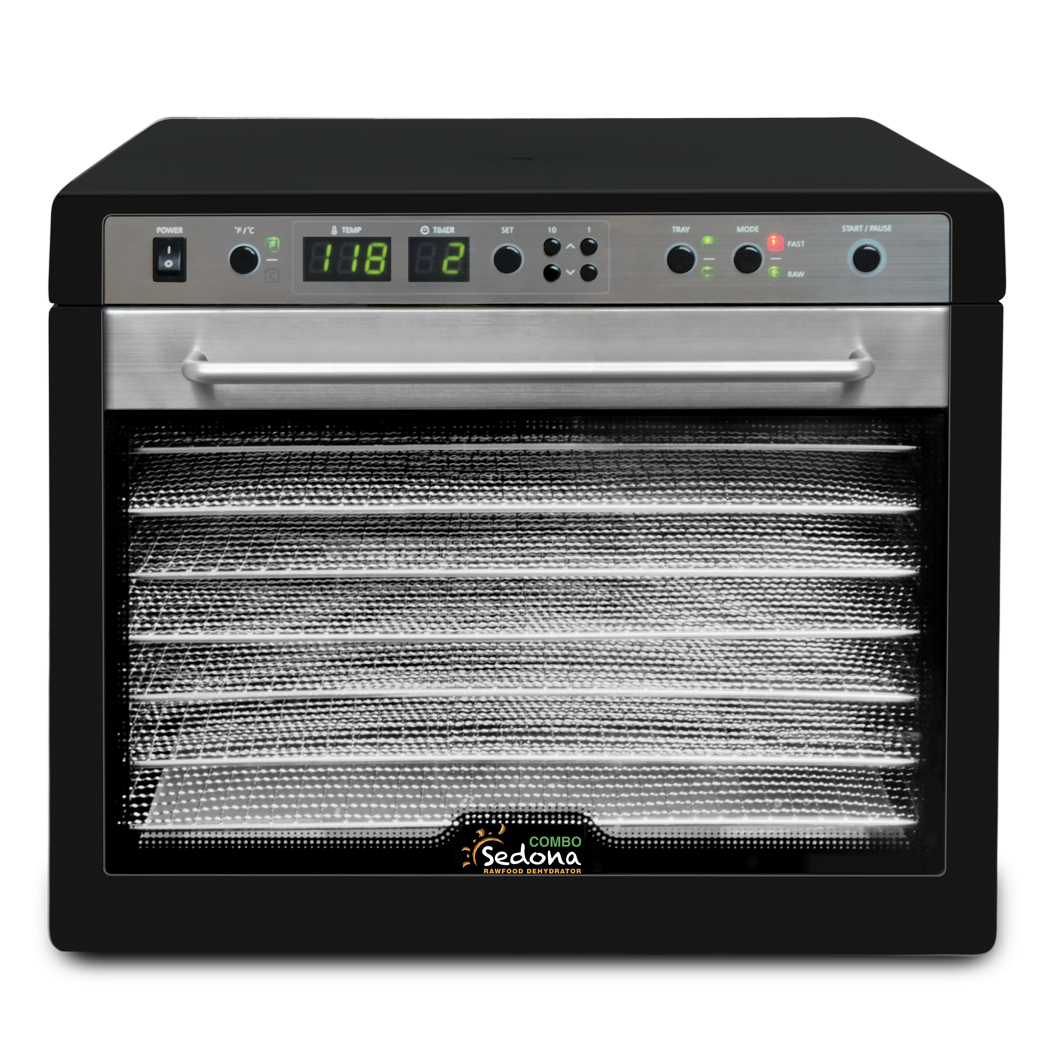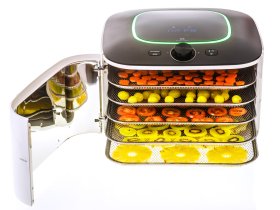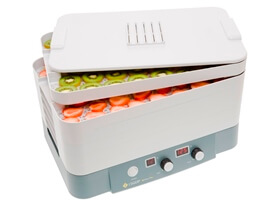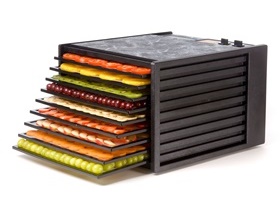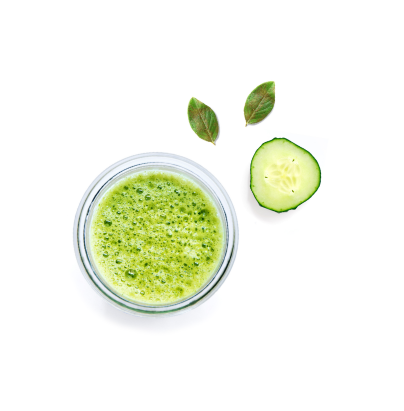How To Choose The Best Dehydrator For Your Needs

When it comes to food dehydrators, selecting the right one for your needs can be confusing. Whether you’re a professional chef, a home gardener, or a raw food enthusiast, understanding the key features and differences between dehydrator models is essential. In this guide, we’ll explore the importance of temperature control, vertical vs. horizontal drying, the benefits of programmable dehydrators with timers, electricity consumption, materials, and noise levels. By the end, you’ll have a better understanding of which dehydrator is best suited for you.
Temperature Control
One of the most critical factors to consider when choosing a dehydrator is precise temperature control. Different foods require different drying temperatures to achieve optimal results. For example, drying fish or meat requires higher initial temperatures for food safety, while drying fruits and vegetables at lower temperatures preserves maximum nutrients and enzymes. Drying in a conventional oven on a low temperature setting is not going to work well because of inaccuracy at the bottom of the temperature range. It’s important to choose a dehydrator with accurate temperature control to ensure the best outcome for your specific needs. We’ve only selected precise and reliable models in our dehydrator range. Cheaper dehydrators often come with a compromise on this feature.
Vertical vs. Horizontal Dehydrators
Another important consideration is the drying method employed by the dehydrator. Stacking tray dehydrators, which have a heating element and fan at the base, are cost-effective and space-saving. They allow for vertical expandability by adding extra trays, making them suitable for those who need flexibility in drying volume. However, when you are using a lot of stacking trays it can sometimes necessitate tray rotation during drying. Tray rotation compensates for temperature differences from top to bottom trays in a large stack. On the other hand, horizontal air flow dehydrators, with fans and heating elements at the rear, offer more even drying without the need to rotate trays. Consider your space limitations and drying requirements when choosing between vertical and horizontal dehydrators.
Timers And Digital Programs
If you prefer a hands-off approach to drying, dehydrators with timers – which nowadays is most of them – are a great option. Timers allow you to set a specific drying period, ensuring that the dehydrator switches off automatically when the time is up. This feature is particularly useful if you follow specific recipes or have an established routine for drying. More sophisticated models have dual timer settings. These allow you to set an initial drying period at a higher temperature, which destroys any pathogens, then you can reduce the temperature for the second phase of the timer to preserve nutrients. (A higher temperature starting phase doesn’t cause significant nutrient damage because of the higher evaporation rate when the foods are at their most moist).
Tray Material
This is purely personal preference whether you choose plastics or stainless steel. Where plastic trays are used in our range they are guaranteed food safe, non-leeching and BPA free, but there are many stainless steel tray options if you prefer. It will often be the case that if you are drying quite wet or sticky items you will probably use tray liners of some kind to make clean up easier anyway.
Power Consumption
Generally speaking, running a dehydrator won’t break the bank. But while electricity consumption may not be an overriding concern, it still may be worth considering the impact of different choices on your energy bills. The size of the batch being dried and the surrounding environment can also affect energy usage. Larger dehydrators may be more economical for full loads, but if you only dry small batches, a smaller dehydrator may be more energy-efficient. Additionally, the frequency of opening the dehydrator to check progress can affect power consumption, as it needs to reheat to the set temperature each time it’s opened. As well as the dual timer settings mentioned in the previous paragraph, some of the more expensive large dehydrators like the Sedona Combo also have dual drying zones with separate heating elements. In these models you can dry a smaller batch using just half of the dehydrator and therefore half of the power.
Are Dehydrators Noisy?
Noise perception varies among individuals, so it might be important to consider the noise level of a dehydrator based on your specific environment. If you plan to place the dehydrator in a noise-sensitive area, such as a kitchen next to a bedroom, quieter models are recommended. The quietest dehydrators, such as the Tribest range, the CI models, or the L’Equip Filterpro are suitable for most locations. However, if noise is less of a concern or if the dehydrator will be located in a utility area or garage, noise levels may not be as critical. The Excalibur and Stockli ranges are a little less quiet but most people would not find their noise levels too intrusive.
Here are our top selections taking into account all of the above factors:
Best Compact Dehydrator
The catchily named CI IR D5 Dehydrator also boasts infrared drying while bringing elegant and futuristic eye candy to your countertop. With two drying modes and automatic humidity sensor control, this is a really sophisticated piece of kit.
Best Affordable Dehydrator
The simplest Stockli Dehydrator offers reliable expandable drying in the stacking format. It’s also another compact model if you’re pushed for space. No frills, just does what it’s supposed to.
Best Stacking Dehydrator
The L’Equip Filterpro cleans the air that dries your food with a washable filter. This expandable stacking model has digital control and an ingenious airflow recirculating system that wastes less heat and provides more even drying from base to top, making it more economical to run.
Best Horizontal Dehydrator
This has to go to the Brod & Taylor Sahara Foldable Dehydrator because it offers an optimum capacity for most needs while folding flat for easy storage when not in use. With a dual stage timer and switchable twin heating elements its also very economical with power consumption.
Best Large Dehydrator
The 10 Tray Performance Dehydrator by Excalibur offers what we think is the best balance between price and features for those who want to go large with their batch drying. Boasting stainless trays and dual stage timer it gives consistently great results.
Best Premium Dehydrator
The Sedona Combo by Tribest is another large capacity model but with the advantage of twin zone drying that allows you to dry smaller batches too while using half the power. With stainless trays and a dual stage timer and temperature control, and even night mode for quieter overnight drying, this one has it all.
Wrapping Up
By considering your specific needs and preferences, you can select a dehydrator that best suits your requirements. Whether you opt for a stacking tray or a horizontal air flow dehydrator Dehydrator, we hope this guide helps you make an informed decision to achieve the best results in your food dehydrating endeavours. If you need any further help we’re always happy to hear from you on 01904 757070.

 Register / Login
Register / Login 





